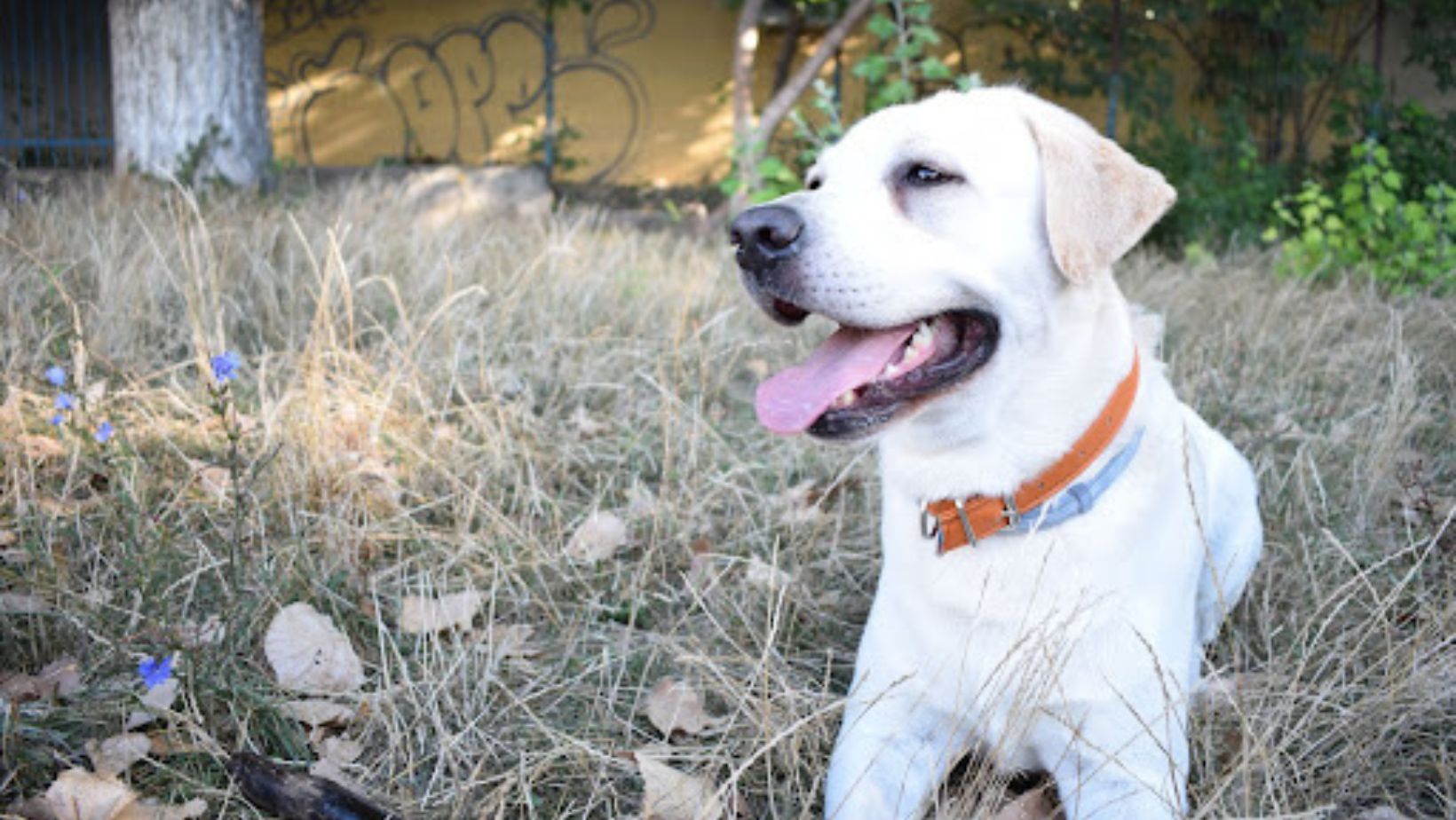How To Train Multiple Dogs
Training multiple dogs can be a challenging but rewarding endeavour. As an expert in dog training, I’ve had my fair share of experience working with different breeds, including Labradors. In this article, I’ll share some valuable tips and techniques on how to train multiple dogs effectively.
Firstly, establishing a solid foundation of obedience is crucial when training multiple dogs. Start by teaching basic commands individually to each dog before gradually introducing them to group training sessions. This ensures that they understand the commands independently and reduces confusion during joint training.
Next, it’s important to create a structured routine for your training sessions. Dogs thrive on consistency and predictability, so setting aside specific times for training will help them understand when it’s time to focus and learn. Additionally, using positive reinforcement techniques such as treats, praise, and playtime will motivate your Labrador and other dogs to actively participate in the training process.
When working with multiple dogs simultaneously, it’s vital to give each one individual attention and avoid favouritism. Each dog has its unique learning pace and needs. By addressing their individual requirements within the group setting, you’ll ensure that all dogs receive equal opportunities for growth and development.
In conclusion, successfully training multiple dogs requires patience, consistency, and a well-structured approach. By following these tips and tailoring your methods specifically for Labradors or any other breed you have, you’ll be on your way to building a harmonious pack of well-behaved canine companions. So let’s dive into this journey together!
 Choosing The Right Training Method
Choosing The Right Training Method
When it comes to training multiple dogs, selecting the right training method is crucial for success. Each dog has its own unique needs and temperament, so it’s important to find an approach that works well for all of them. Here are a few key considerations to keep in mind when choosing a training method.
- Positive Reinforcement: Using positive reinforcement techniques can be highly effective when training multiple dogs. Rewarding desired behaviours with treats, praise, or playtime helps to reinforce those behaviours and encourages your dogs to repeat them. This approach creates a positive learning environment and fosters a strong bond between you and your furry companions.
- Consistency: Consistency is key when training multiple dogs simultaneously. Establishing consistent rules and expectations will help prevent confusion among your dogs and make the training process more efficient. Ensure that everyone involved in the training, including family members or other caregivers, follows the same methods and cues consistently.
- Individualised Attention: Although you may be training multiple dogs at once, it’s important to give each dog individual attention during the process. Every dog has its own learning pace and style, so tailor your approach accordingly. By providing personalised attention, you can address any specific challenges or areas of improvement for each dog.
- Group Sessions: Incorporating group sessions into your training routine can be beneficial for socialisation purposes. It allows your dogs to learn from one another and practise their skills in a controlled environment. However, ensure that each dog receives sufficient individual attention as well.
- Professional Guidance: If you’re unsure about which training method would work best for your specific situation or if you encounter any difficulties along the way, seeking professional guidance from a certified dog trainer can be immensely helpful. They have expertise in handling multiple dogs and can provide valuable insights tailored to your Labrador Retrievers’ needs.
Remember that patience is key when training multiple dogs. Progress may vary between individuals, and it’s important to celebrate small victories along the way. By choosing the right training method, maintaining consistency, and providing individual attention, you’ll be well on your way to successfully training multiple dogs, including your beloved Labradors.
 Choosing The Right Training Method
Choosing The Right Training Method